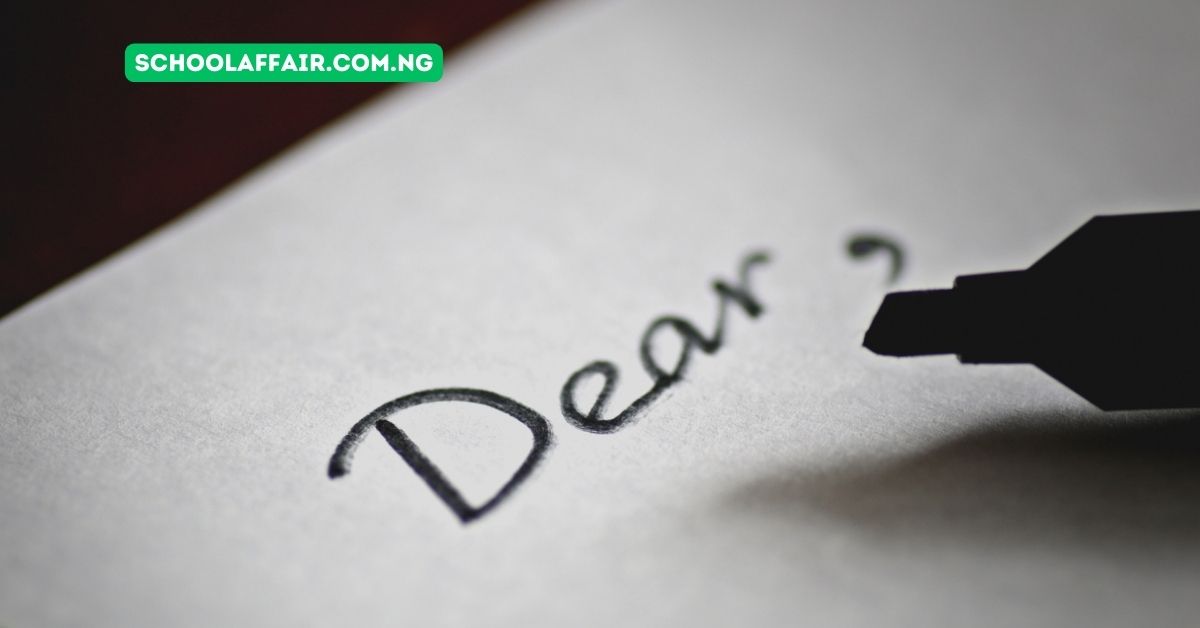Formal letters are powerful tools for communication in professional settings. Whether you’re conveying important information, making requests, or addressing concerns, knowing how to craft a formal letter effectively is essential. This post will walk you through the process, from understanding the purpose to finalizing with finesse.
sample formal letter
[Your Name] [Your Address] [City, State, ZIP Code] [Email Address] [Phone Number] [Date]
[Employer’s Name] [Company Name] [Company Address] [City, State, ZIP Code]
Dear Mr. Smith,
I hope this letter finds you well. My name is [Your Name], and I am writing to express my interest in the [Job Title] position advertised on your company’s website. With a strong background in [relevant industry or skills], I am confident in my ability to contribute to the success of [Company Name].
In my previous role at [Previous Company], I successfully [brief achievement or responsibility relevant to the new position]. This experience has equipped me with the skills necessary for the challenges presented in the [Job Title] role at [Company Name]. Furthermore, my proficiency in [specific skill] aligns with the requirements outlined in the job description.
I am impressed by [Company Name]’s commitment to [mention a specific aspect of the company’s mission or values]. I am eager to bring my expertise to your team and contribute to the continued success of your organization.
Enclosed with this letter is my resume, which provides a detailed overview of my professional experience. I would welcome the opportunity to discuss how my skills and experiences align with your company’s needs in more detail during an interview.
Thank you for considering my application. I am enthusiastic about the possibility of contributing to [Company Name] and would be grateful for the opportunity to discuss my application further.
Sincerely,
[Your Full Name]
Understanding the Purpose of a Formal Letter
Formal letters serve various purposes, such as conveying official communications, making inquiries, lodging complaints, or expressing appreciation. Recognizing the specific purpose of your letter is crucial for shaping its content and tone appropriately.
Identifying the Recipient and the Sender
Clearly identifying both the recipient and the sender ensures that your letter reaches the intended audience and establishes accountability. Include accurate addresses and contact information for both parties.
Choosing a Format for Your Letter
Selecting the appropriate format enhances the professionalism and readability of your letter. Options include block, semi-block, and modified block formats, each with distinct arrangements for addresses, dates, and content placement.
Salutations and Greetings
Begin your letter with a courteous salutation tailored to the recipient’s title and relationship with you. Whether “Dear Mr. Smith” or “To Whom It May Concern,” the salutation sets the tone for the rest of your correspondence.
Writing the Opening Paragraph
The opening paragraph should succinctly introduce yourself or your organization and establish the purpose of the letter. Engage the reader’s attention while providing context for the ensuing content.
Clearly Stating the Purpose of Your Letter
Articulate the primary reason for writing early in the letter to ensure clarity and focus. Whether seeking information, requesting action, or expressing concern, a clear statement of purpose guides the reader through the correspondence.
Providing Relevant Details
Support your purpose with pertinent details, such as dates, reference numbers, or specific incidents. Clear and concise information strengthens your argument and facilitates the recipient’s understanding of your message.
Making a Strong Case with Supporting Evidence
Back up your assertions with evidence, such as facts, statistics, or testimonials, to bolster credibility and persuade the reader. Well-substantiated arguments lend weight to your requests or assertions.
Concluding Your Letter
Summarize key points and reiterate your desired outcome in the concluding paragraph. End with a courteous closing remark, such as “Thank you for your attention to this matter,” to leave a positive impression.
Proofreading and Editing Your Letter
Thoroughly review your letter for grammatical errors, typos, and clarity before sending it. Editing ensures professionalism and prevents misunderstandings that could undermine your message.
Common Mistakes to Avoid in Formal Letter Writing
Avoid common pitfalls like using informal language, omitting essential details, or failing to adhere to formatting conventions. Diligent proofreading and adherence to established norms enhance the effectiveness of your correspondence.
Tips for Writing a Professional and Polished Letter
Employ a professional tone and demeanor throughout your letter, maintaining courtesy and respect for the recipient. Clarity, conciseness, and coherence are essential for conveying your message effectively.
Using Appropriate Language and Tone
Choose language that is formal, respectful, and free of jargon or slang. Tailor your tone to match the gravity of the subject matter while remaining diplomatic and courteous.
Proper Use of Grammar and Punctuation
Ensure grammatical accuracy and proper punctuation to convey your message clearly and professionally. Attention to detail reflects positively on your communication skills and attention to professionalism.
Including Relevant References and Attachments
If referencing previous correspondence or including additional materials, provide clear references or attachments to facilitate comprehension. Organize supplementary documents logically and label them appropriately.
Addressing Potential Objections or Concerns
Anticipate and address potential objections or concerns the recipient may have, demonstrating foresight and proactive problem-solving. Acknowledging and mitigating objections strengthens your argument and increases receptiveness.
Following Up on Your Letter
If a response is expected or necessary, follow up courteously within a reasonable timeframe. Persistence and professionalism ensure that your concerns are addressed and your requests are fulfilled.
Importance of Timeliness and Respectful Response
Respond promptly to correspondence and respect deadlines to maintain credibility and professionalism. Timely communication reflects reliability and consideration for the recipient’s time.
Final Thoughts and Concluding Remarks
Mastering formal letter writing is a valuable skill that enhances your effectiveness in professional communication. By understanding the nuances of purpose, format, and tone, you can craft letters that convey your message clearly, persuasively, and professionally. With practice and attention to detail, you can elevate your correspondence to achieve your objectives with finesse.
